With blockchain initiatives stepping up their attempts to draw users and reward early adopters, the competition for crypto airdrops in 2025 is getting more intense. Airdrops, or free token distributions, have become an essential marketing tactic for blockchain projects because they facilitate token distribution and foster loyal communities.
The search for these airdrops has thus become a competitive, fast-paced atmosphere in which projects attempt to stand out among the increasing number of competitors in the market, and participants are anxious to grab their fair share of free tokens.
2025 Crypto Airdrops
At the start of 2025, there has been a dramatic increase in Crypto Airdrops, as more projects explore this method of rewarding users and attracting attention. Airdrops invite users to participate in a new platform, where they can earn tokens by completing specific tasks, such as joining Telegram groups, following social media accounts, engaging with particular content, or simply holding a specific type of token in their wallet. These tasks often require minimal effort but offer valuable rewards in return.
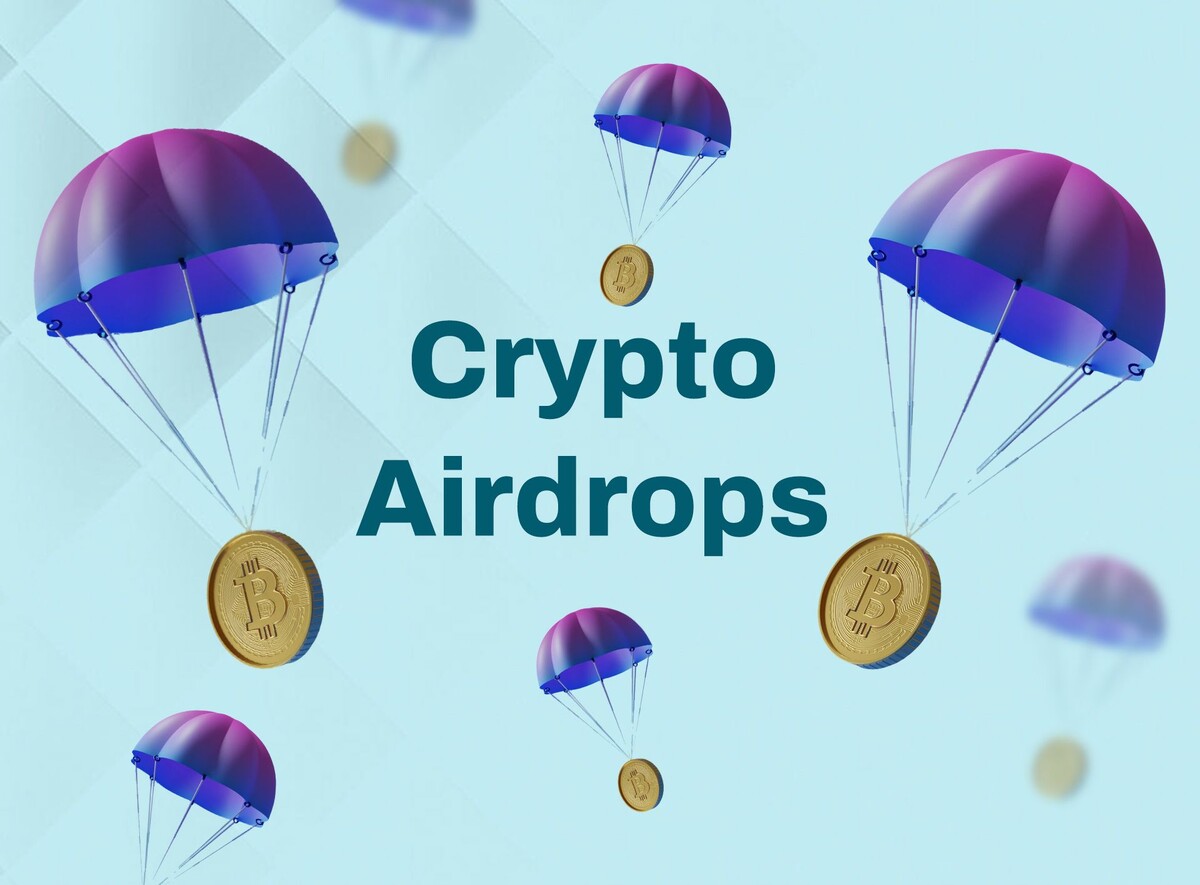
For example, AGNT Hub launched an airdrop that distributed 30 million AGNT tokens to its users, encouraging them to participate in various activities on the platform, such as social media engagement and platform interactions. This type of engagement rewards users and helps boost a project’s visibility and build an engaged user base from the ground up. Similarly, Grass Network—a decentralized bandwidth-sharing platform—launched its Phase 2 airdrop in March 2025, offering users the chance to earn tokens by sharing unused internet bandwidth. This initiative sought to expand Grass Network’s user base while allowing users to earn passive income by participating in a decentralized internet service.
Targeted Airdrop Strategies
As airdrops become increasingly popular, projects have improved their plans to guarantee more focused and successful distribution. Airdrops are no longer available to just anyone or distributed randomly. Several efforts use data to locate ecosystem enthusiasts, award community members, and platform users. The deliberate strategy ensures the provision of tokens to consumers who will contribute to the platform’s long-term prosperity, not just those seeking quick profit.
RetroBridge, a multi-chain token bridging tool, first unveiled a points-based system for its airdrop, which reflects this change. Completing particular actions, such as token transfers across several blockchains, social media activity, or gameplay, could award Retro Points. Later, these points were turned into RETRO tokens—tradeable or platform-usable tokens. This kind of airdrop gamifies the process and pays consumers for increased platform interaction.
Platforms like WalletConnect have started providing early participants a set percentage of their token supply, for instance, 5%, to guarantee a fair and sustainable distribution. Targeting active users who have already shown interest in the platform helps projects avoid the dangers of “airdrop hunters” who are merely motivated by short-term benefits.
Competitive Airdrop Landscape
Hunting for free tokens in 2025 has become much more competitive and challenging, even if airdrop prospects are growing. Many companies releasing tokens are layer-2 solutions or specialty platforms; thus, participants find choosing the most valuable airdrops more challenging. Projects have to fight for users’ attention, which makes it more difficult for people to go through all the options and decide which ones would most likely pay off over time.
Moreover, certain airdrops have been criticized for their dispersal strategies. Notable initiatives like zkSync and Scroll have been attacked for providing minimal token allocations, so even devoted users who followed all the required actions received few incentives that fell short of their expectations. As a result, the community has become frustrated, especially since many participants observed these tokens losing value when released to the mass Market.
This irritation results in an increasing awareness among airdrop seekers. Focusing exclusively on airdrops from projects that provide clear roadmaps, an actual sense of long-term development, and tangible utility, users are becoming more selective and strategic in their involvement. The market has matured, and players are more wary about which initiatives they fit.
Future of Airdrops
The future of crypto airdrops in 2025 is one of continued evolution. Projects are increasingly emphasizing sustainability, utility, and active participation.

Airdrop strategies incorporate new trends, such as integrating virtual reality and eco-friendly projects. GreenCoin, for instance, is planning an airdrop that will reward users for engaging in environmentally conscious behavior, such as reducing carbon footprints or participating in sustainability initiatives. Similarly, MetaWorld, a virtual reality metaverse project, is preparing an airdrop that incentivizes users who create or contribute to virtual spaces within their ecosystem.
Additionally, airdrop hunters can expect an increased focus on blockchain interoperability and cross-chain projects, as these platforms seek to attract active users across multiple chains who understand the value of decentralized finance (DeFi) ecosystems.
Final thoughts
The crypto airdrop season of 2025 looks to be a fierce, strategic, and always-changing race. Blockchain projects are refining their methods for token distribution, making the days of simple airdrop incentives obsolete. Effective hunters must be strategic, discriminating, and aggressive in their involvement to guarantee they interact with initiatives with actual worth. Airdrop hunting is now about helping ecosystems, generating value, and supporting the long-term sustainability of blockchain ideas, not only about token collection for projects or participants.















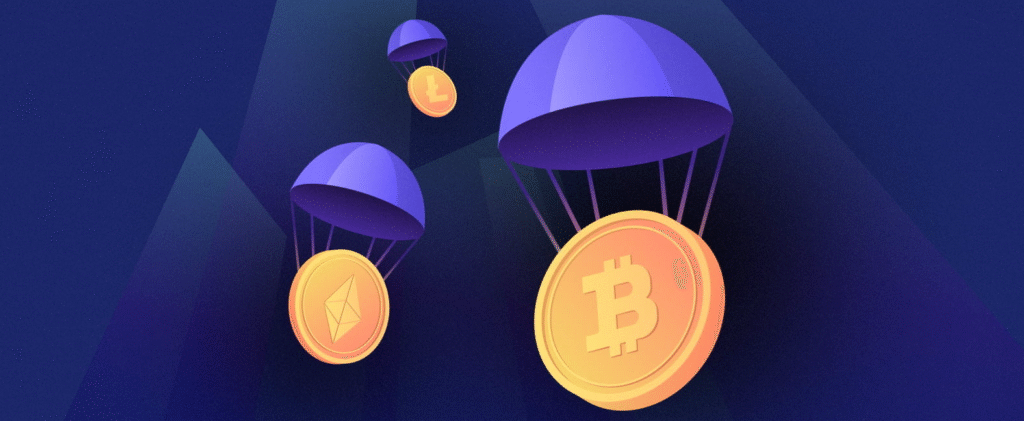

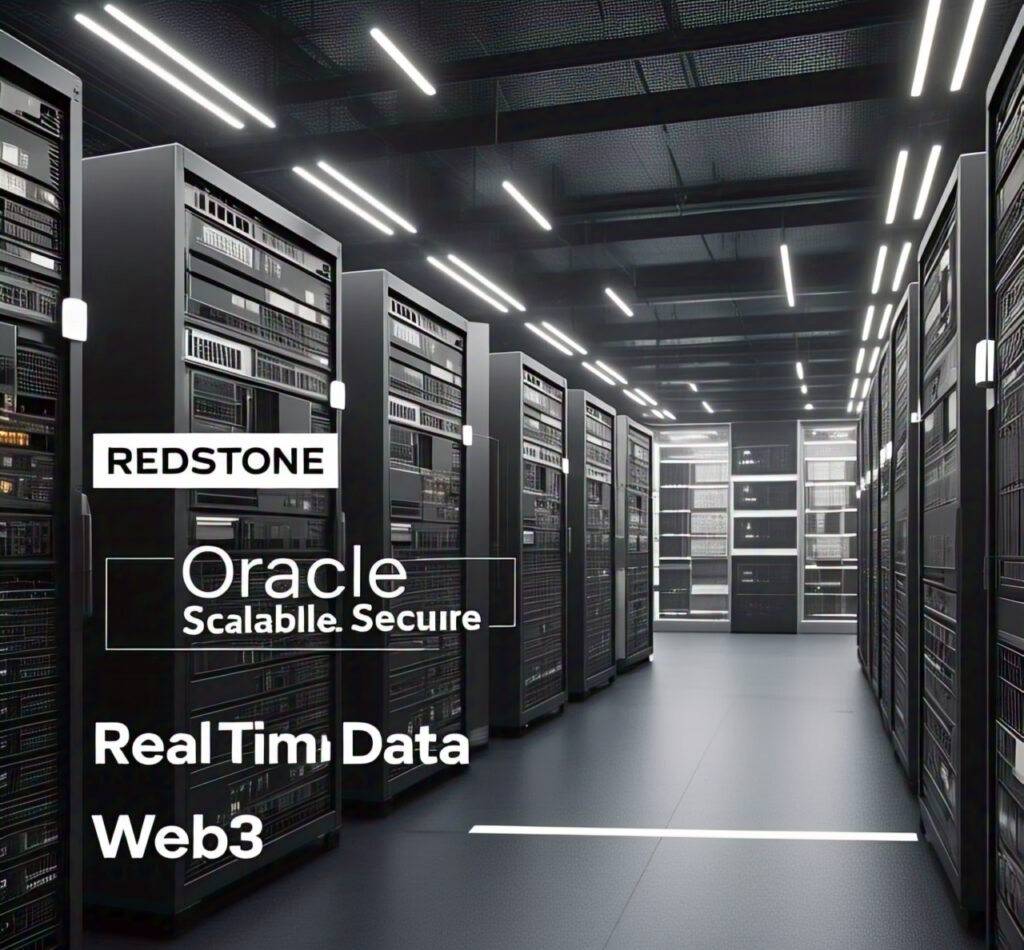
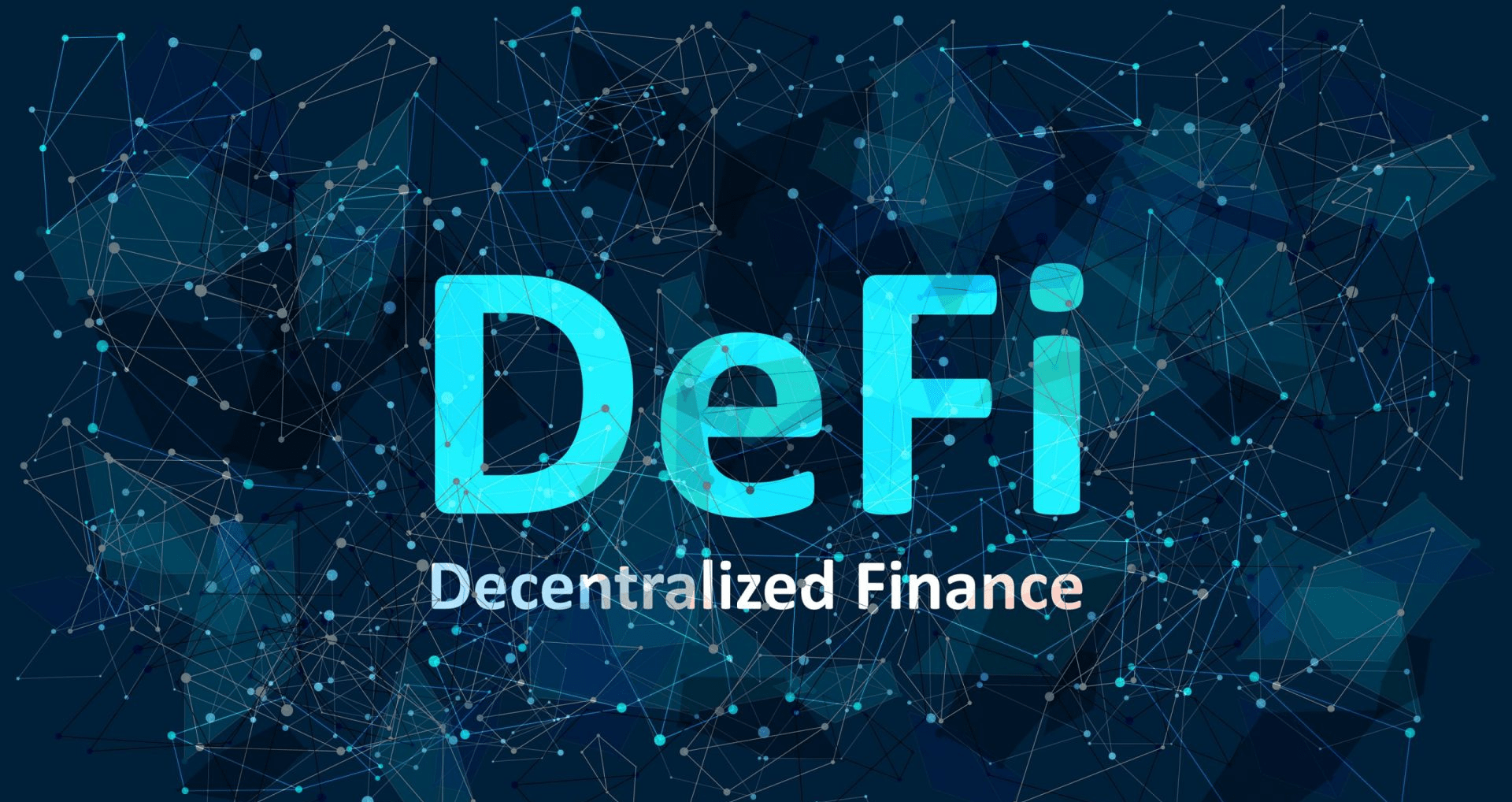 In the framework of DeFi, oracles are crucial for allowing applications, including loan platforms, distributed exchanges (DEXs), and prediction markets, to engage the actual world. A distributed exchange relies on real-time price feeds to ensure liquidity and fair trading, while a lending platform requires precise price data to accurately appraise collateral values.
In the framework of DeFi, oracles are crucial for allowing applications, including loan platforms, distributed exchanges (DEXs), and prediction markets, to engage the actual world. A distributed exchange relies on real-time price feeds to ensure liquidity and fair trading, while a lending platform requires precise price data to accurately appraise collateral values.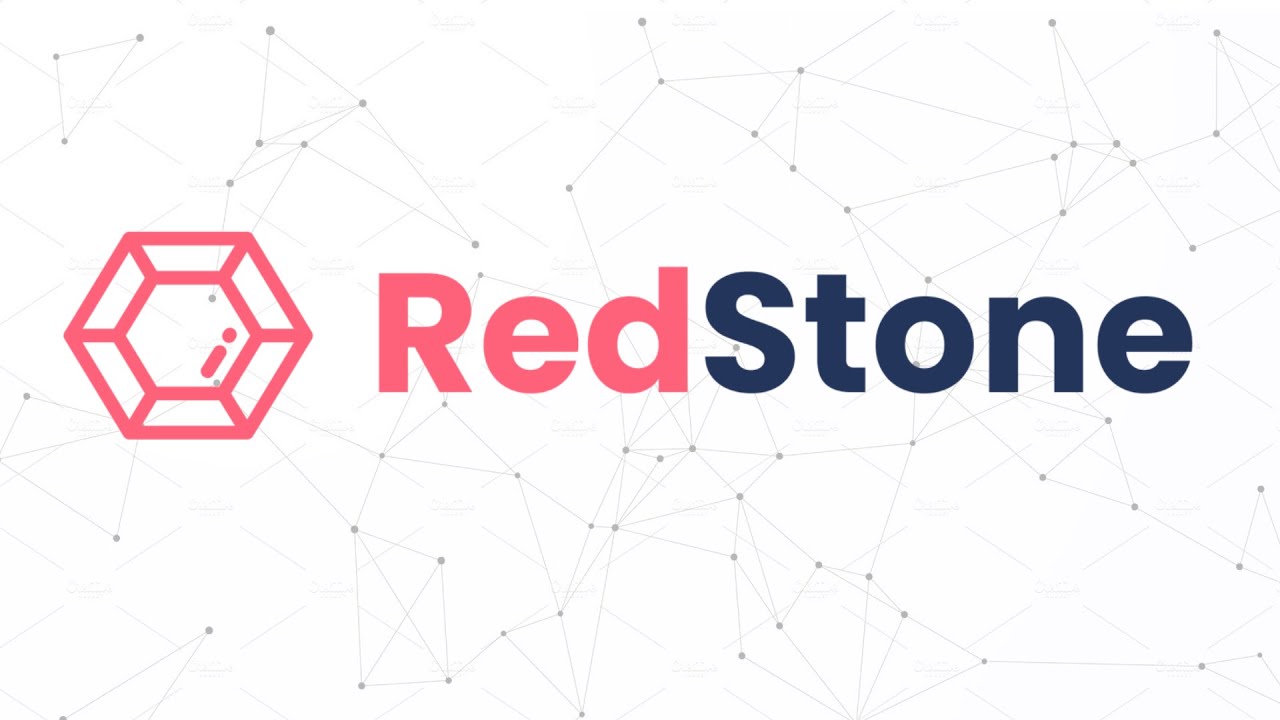 Scalability will become much more crucial as DeFi develops. Red Stone’s distributed and gas-efficient architecture lets it grow easily to meet the rising need for data in Web3 applications. RedStone guarantees that data distribution can expand to suit the most demanding applications, whether it is price feeds for distributed exchanges or data for automated market makers (AMMs).
Scalability will become much more crucial as DeFi develops. Red Stone’s distributed and gas-efficient architecture lets it grow easily to meet the rising need for data in Web3 applications. RedStone guarantees that data distribution can expand to suit the most demanding applications, whether it is price feeds for distributed exchanges or data for automated market makers (AMMs).